I teach a six-week class at Oklahoma State University called “Preparing Online Instructors” which is designed to give faculty who have never taught internet-based classes, a solid foundation upon which they can build a successful online course. The class is delivered mostly online, and structured much like any other: it has quizzes, homework assignments, and required online discussions. One of the goals for my class is to put college instructors in the role of a student, so they get to experience an online class firsthand. This gives them a better understanding of the needs and challenges that any normal college student might face when taking online classes.
In the most recent offering of this POI course one of the participants, who is a tenured professor with decades of teaching experience under his belt, remarked at how strange it was to once again have homework and quizzes. “I haven’t taken a class like this in almost 30 years,” he said to me at the end of our third week, “And I think I finally understand why my students have so much trouble meeting due dates.” As photographers it’s essential that we take the same approach from time to time: put down our cameras and experience what it’s like to be on the other side for a change.
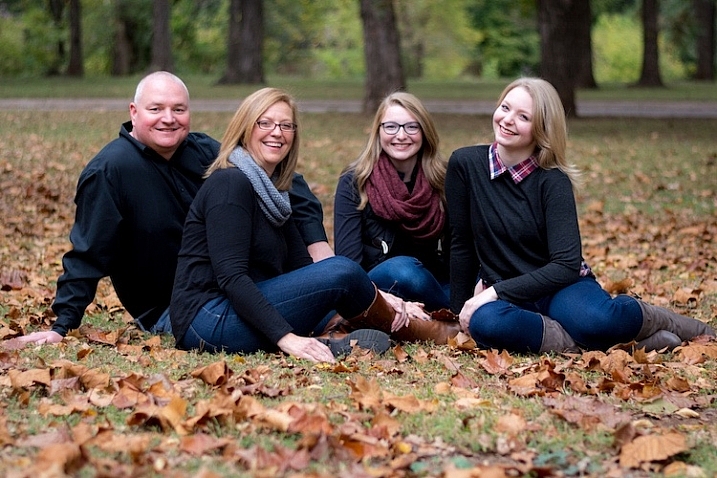
A few weeks ago my wife and I had a friend of ours take some photos of our family, and it was a nice opportunity to remove my photographer’s hat, and just go along for the ride as a person being photographed. We had a fantastic time, and along the way I realized a few things that have not only helped me, but I believe would benefit you and many other photographers as well.
#1 It helps you understand your clients’ perspective
Most of the time we photographers see things from our own side, and when we go to a photography session we look at things that are important to us; lighting, backgrounds, props, camera gear, and so on. When our clients show up, we’re often in full photographer mode telling people what to do, where to look, how to pose, and generally asking them to meet our needs. Switching things around and allowing yourself to be photographed helps you see all these things in an entirely different perspective—one that could make all the difference in your own work.
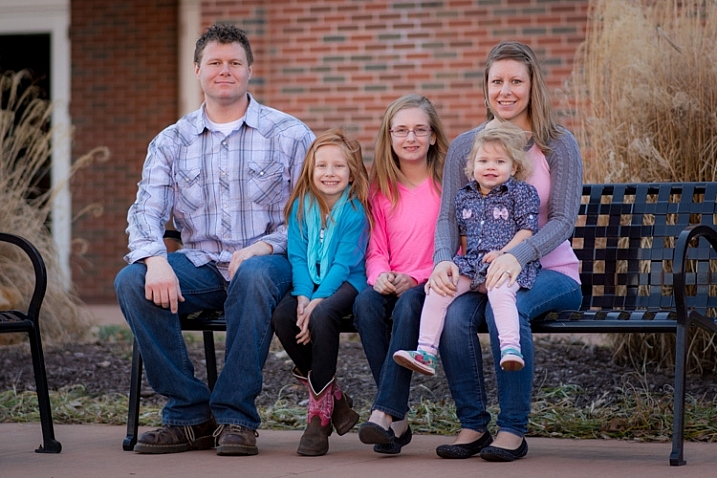
Having photos taken with my own kids gave me a whole new appreciation for what this family must have gone through before I took their pictures.
When we went out to our recent family session I realized there was a whole lot going on behind the scenes before we even met up with our photographer, and even though I was aware of this intrinsically, I had never actually experienced it firsthand. My wife and I bought new shirts for ourselves and our two little boys, we all got haircuts, and there were all sorts of last-minute hassles from diaper changes to shoe switches. When we arrived on location with our photographer we were frazzled, our boys were anxious, and we desperately tried to keep all the clothes clean just long enough for some pictures that were bound for our Christmas card.

Knowing what it took to get my own kids prepared for a photo session, I can only imagine what this baby’s parents must have gone through to get him ready.
Normally when I take photos I don’t pause to consider everything my subjects may have gone through leading up to the shoot, and if people arrive late, or seem like they are not paying attention, I can get a little frustrated (though I try to never let it show). However, after putting myself in the role of a client, I have a new appreciation for just how hectic things can be, and have tried to loosen up much more ever since.
If someone seems distracted, maybe there’s a good reason. If parents seem exasperated with their kids, maybe they spent hours before the shoot trying to get everyone to put on their nice clothes, or even, if there are toddlers, put on any clothes at all. There’s a lot going on in the lives of our clients, and if we don’t take time to be in that role ourselves from time to time, it can cause us to lose touch with reality and get stuck with photography tunnel vision. Even though it might seem counterintuitive to suggest that one of the best ways to improve as a photographer is to stop taking pictures and let yourself be photographed, I certainly found this to be the case for me.

Watching a photographer take pictures of my four-year-old helped give me new ideas for taking photos of high school seniors.
It helps you understand other photographers’ perspective
When I’m doing a photo session I’m often thinking about technical details; where the light is coming from, whether I will need to manipulate light with reflectors or strobes, what exposure settings will produce the results I want, and so on. I, of course, make sure to smile and interact with my subjects too, and all this makes for a tricky combination. Having my own photos taken helped me understand all this much more than I ever have before, and has helped me see my own role as a photographer in a new way.
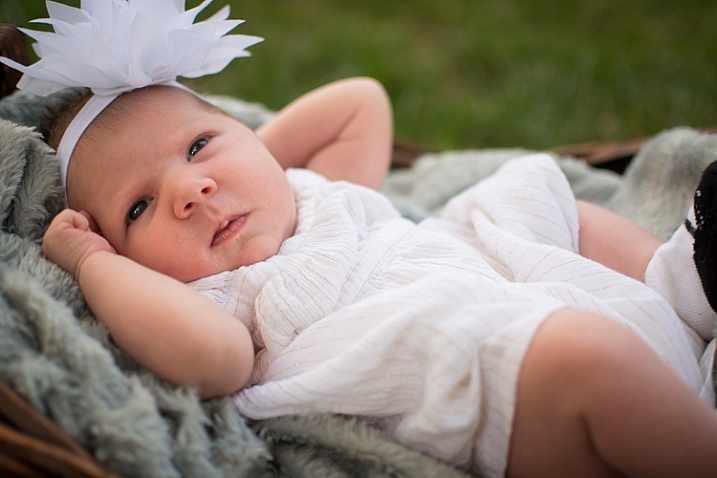
The woman who took our pictures was a consummate professional. She was friendly, she spent time with our kids, she suggested fun poses but gave us plenty of leeway to have our own input, and she even brought her own daughter to help get our kids to smile. I honestly don’t know how she did all this, because we spent much of the session coralling our boys who were more interested in getting their new jeans dirty, than having their pictures taken (although she did get plenty of fun candid shots when that happened).
Being on the other side of the lens helped me have a new understanding of what a good photographer needs to do in order for a session to go smoothly, and helped me see some glaring flaws in my own technique that need to be addressed. I learned from our session that I need to be more patient, while also being more confident. I appreciated when our photographer told us where to go, what to do, how to pose, and do other sorts of things that I sometimes have trouble saying. I wanted our photographer to take charge, and that’s precisely what she did. She walked a good line between friendly and firm, while also paying attention to the setting and the the technical aspects of her camera gear.
It’s one thing to experience this from your own perspective, but letting your guard down and allowing yourself to be photographed can help you not just appreciate the role of photographer but find ways to improve your own skills.
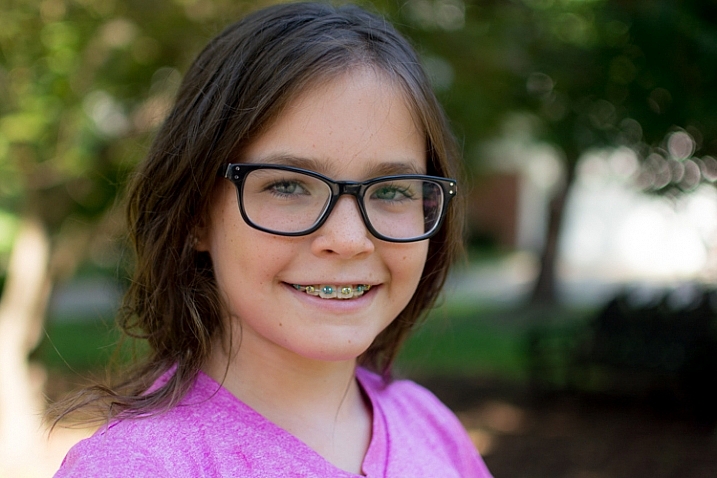
It gives you new ideas for photographs
Like any good photographer I like to study the work of others, from portrait artists like DaVinci and Rembrandt, to the landscapes of Ansel Adams and modern masters like Steve McCurry. Learning from other practitioners is one of the best ways you can grow. Even just browsing through Instagram or Flickr often helps inspire me, and give me new ideas for my own photography. But nothing was quite like getting our own pictures taken by a professional photographer.
We had our photo session at a park on the south side of town that is one of my favorite places to shoot. I know what I like in terms of setting, lighting, and background, and while I am quite pleased with the images I bring back from my own shoots I was surprised at what our photographer was able to get from the exact same location. She had vastly different ideas for our pictures than I would have ever come up with on my own, and seeing her go through the mental and physical process of creating our pictures gave me all sorts of new ideas for my own photography.
I often get inspiration from other pictures, and enjoy watching tutorials online where people discuss how they got certain shots, but being part of the creative process as the subject instead of the photographer put all this in a whole new light. I came back from our session full of new ideas to try the next time I go there, or anywhere else, to take photos.
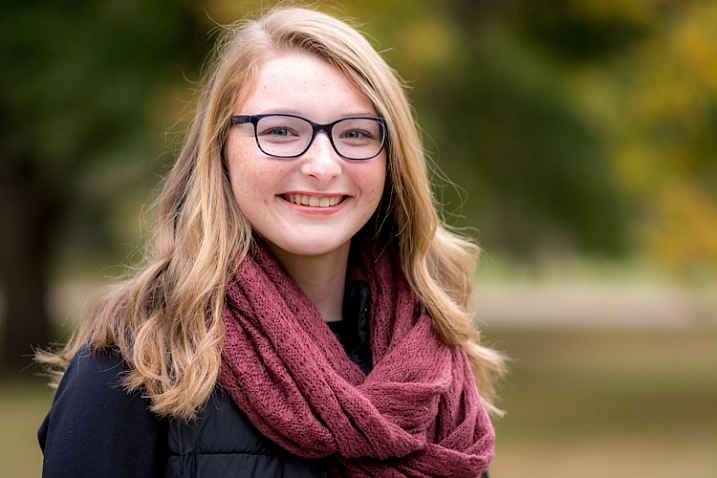
It’s kind of ironic that one of the best ways to improve as a photographer is to put down your camera and let someone else do all the work, but I am so glad I had this experience and wish I had done it a lot sooner. It’s not always easy or even possible to do this sort of thing. For example, if you are a wedding photographer but are already married, you probably won’t get to go through the experience of being the bride or groom being photographed. If there is a way, though, I highly recommend making it happen, and at the very least you should end up with some nice pictures of yourself and your family
Just like some of the professors who take my class at OSU, I found myself learning so much more than I ever would have realized, simply by putting myself in someone else’s shoes.
What about you—what are some things you have learned from being photographed? What are some of your favorite pictures that illustrate how you have grown? Leave your thoughts and any examples in the comments below.
googletag.cmd.push(function() {
tablet_slots.push( googletag.defineSlot( “/1005424/_dPSv4_tab-all-article-bottom_(300×250)”, [300, 250], “pb-ad-78623” ).addService( googletag.pubads() ) ); } );
googletag.cmd.push(function() {
mobile_slots.push( googletag.defineSlot( “/1005424/_dPSv4_mob-all-article-bottom_(300×250)”, [300, 250], “pb-ad-78158” ).addService( googletag.pubads() ) ); } );
The post 3 Reasons to Have Your Own Portrait Taken by Simon Ringsmuth appeared first on Digital Photography School.

Digital Photography School











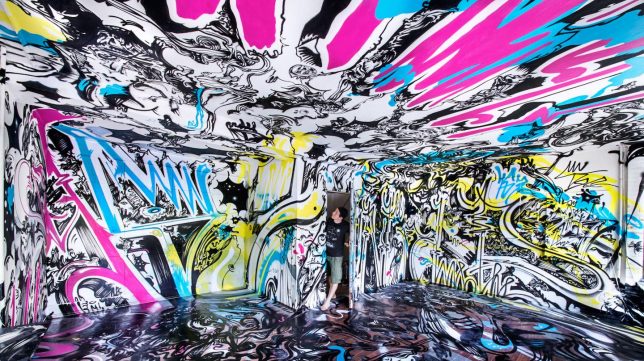
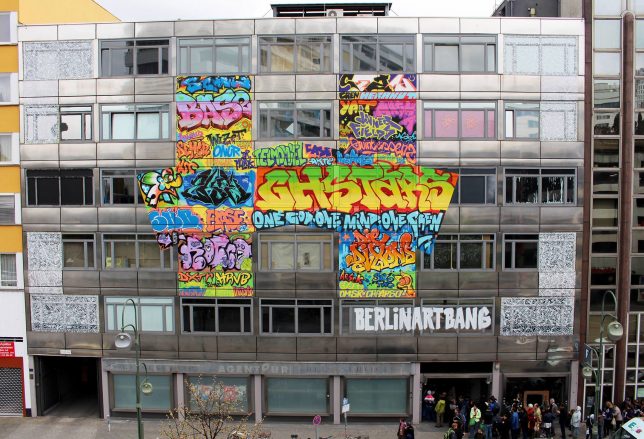
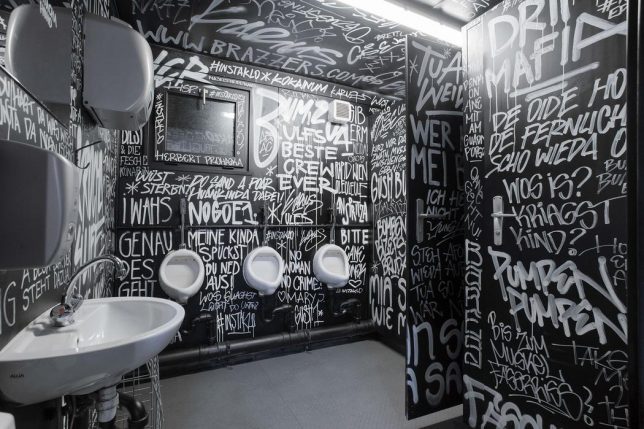
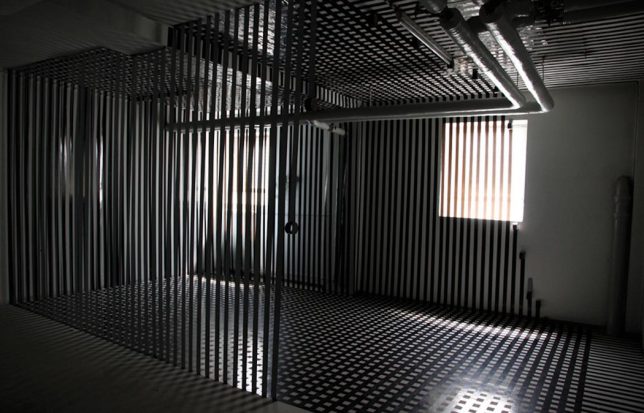
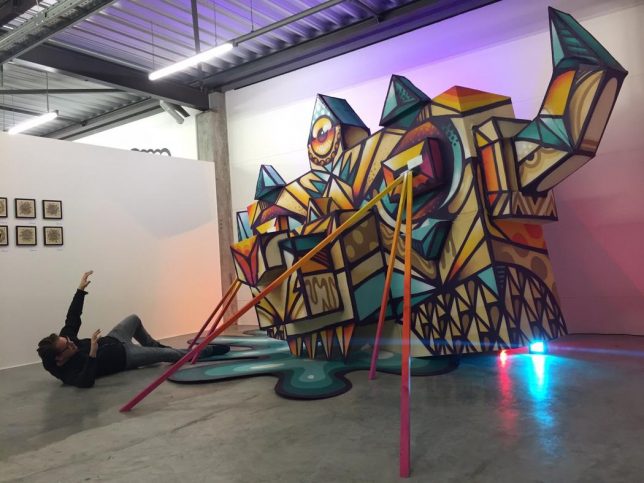

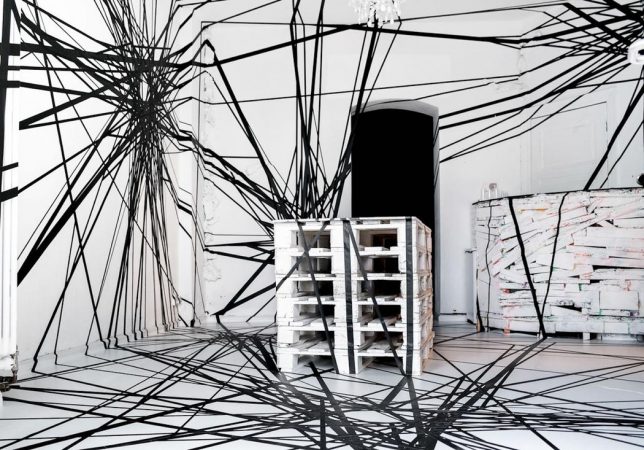
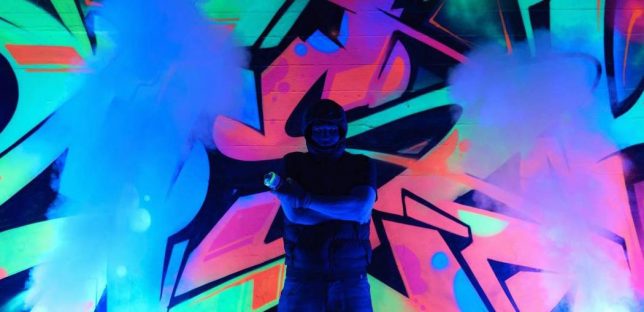
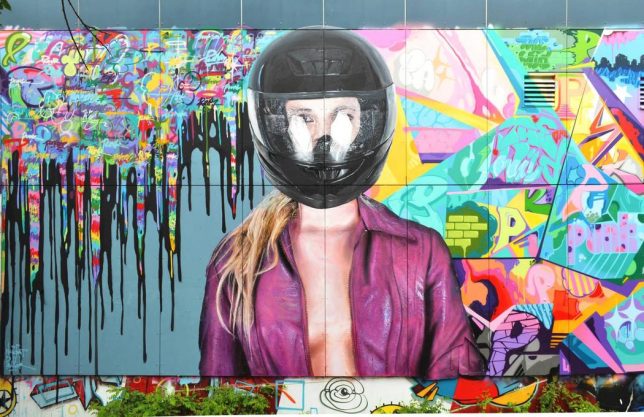
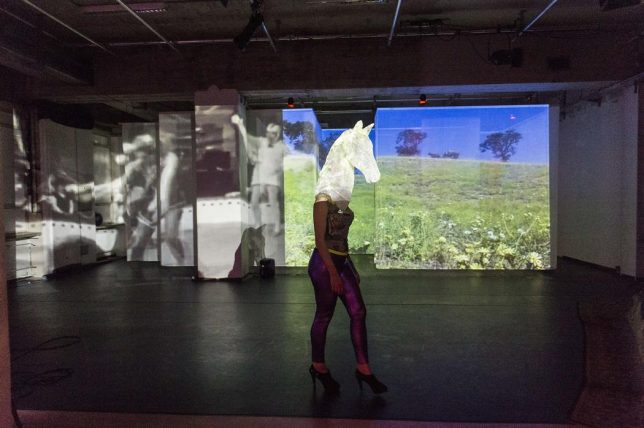

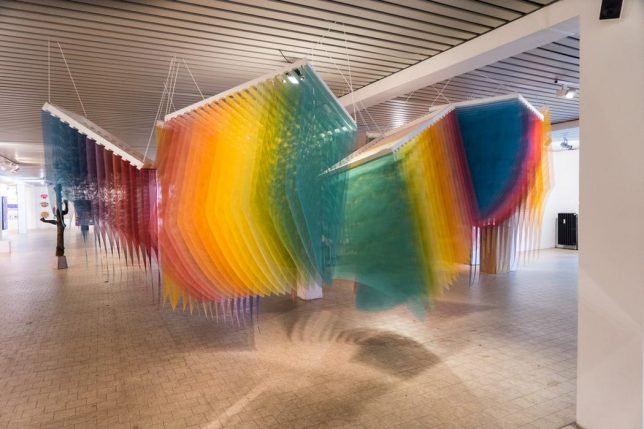





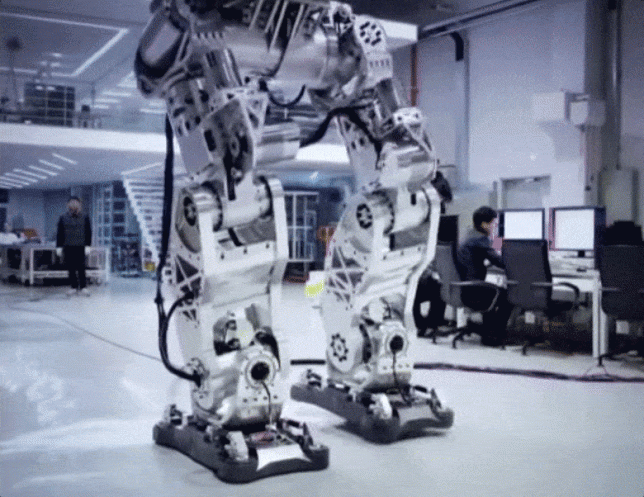
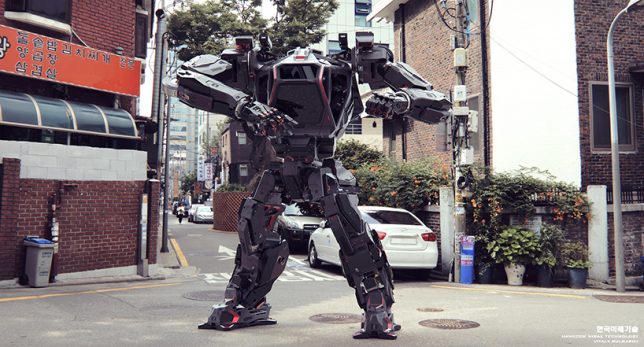
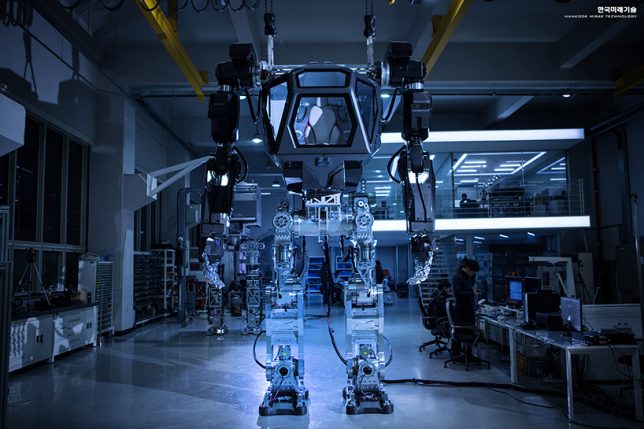

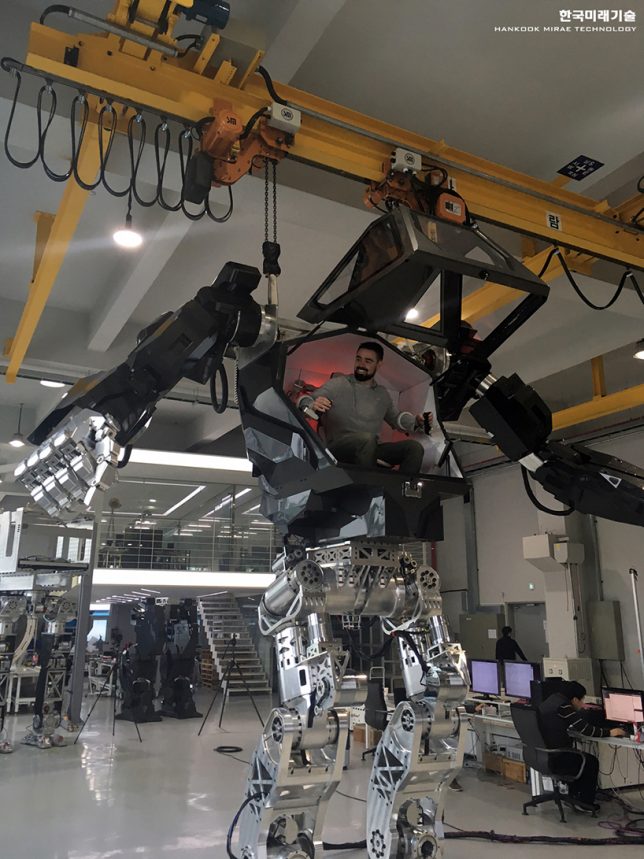
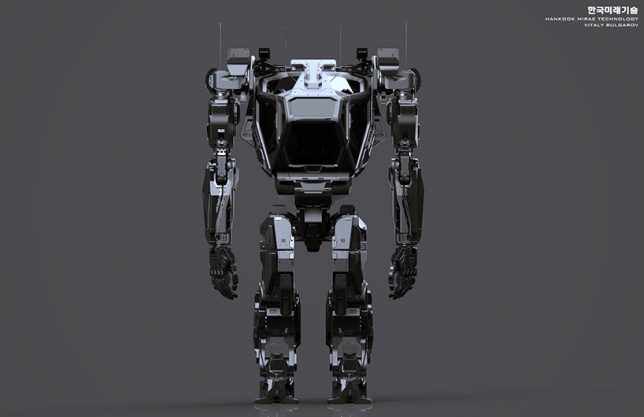







You must be logged in to post a comment.